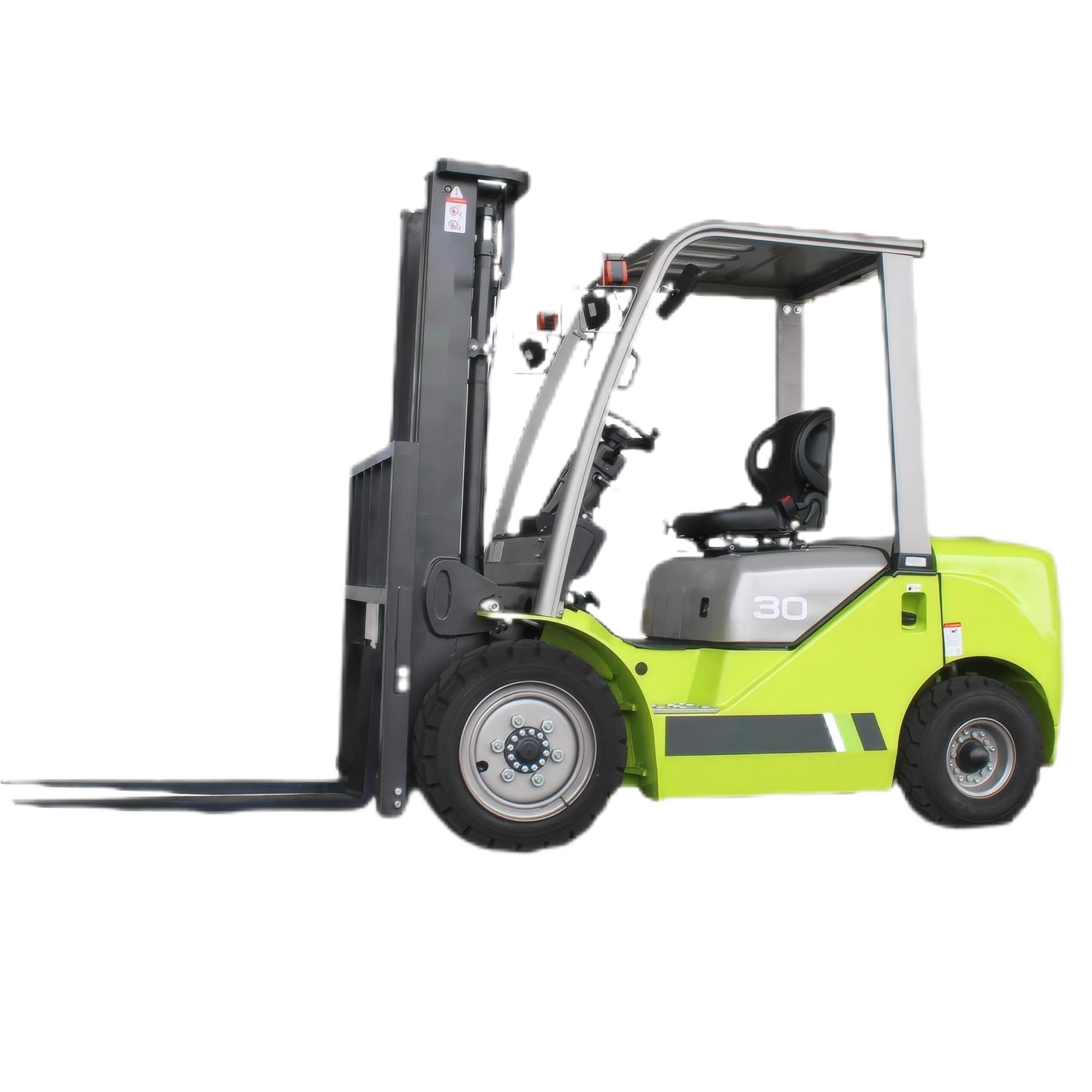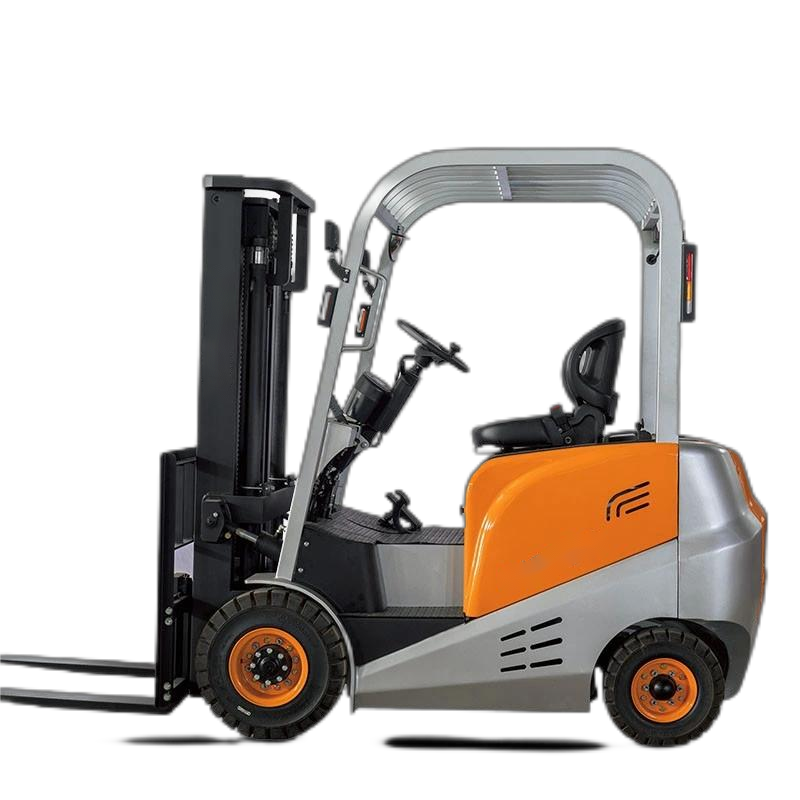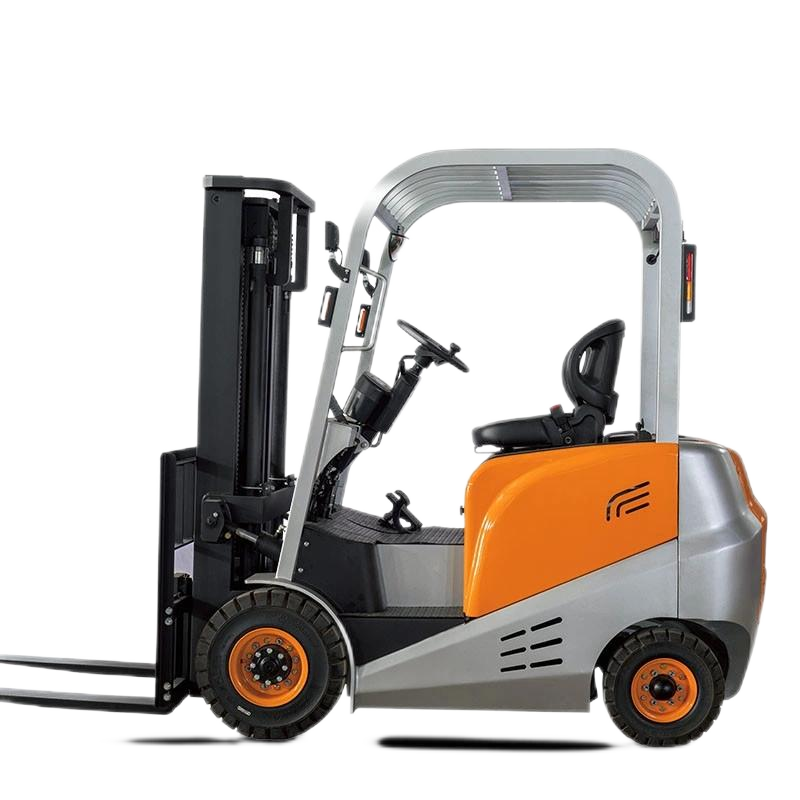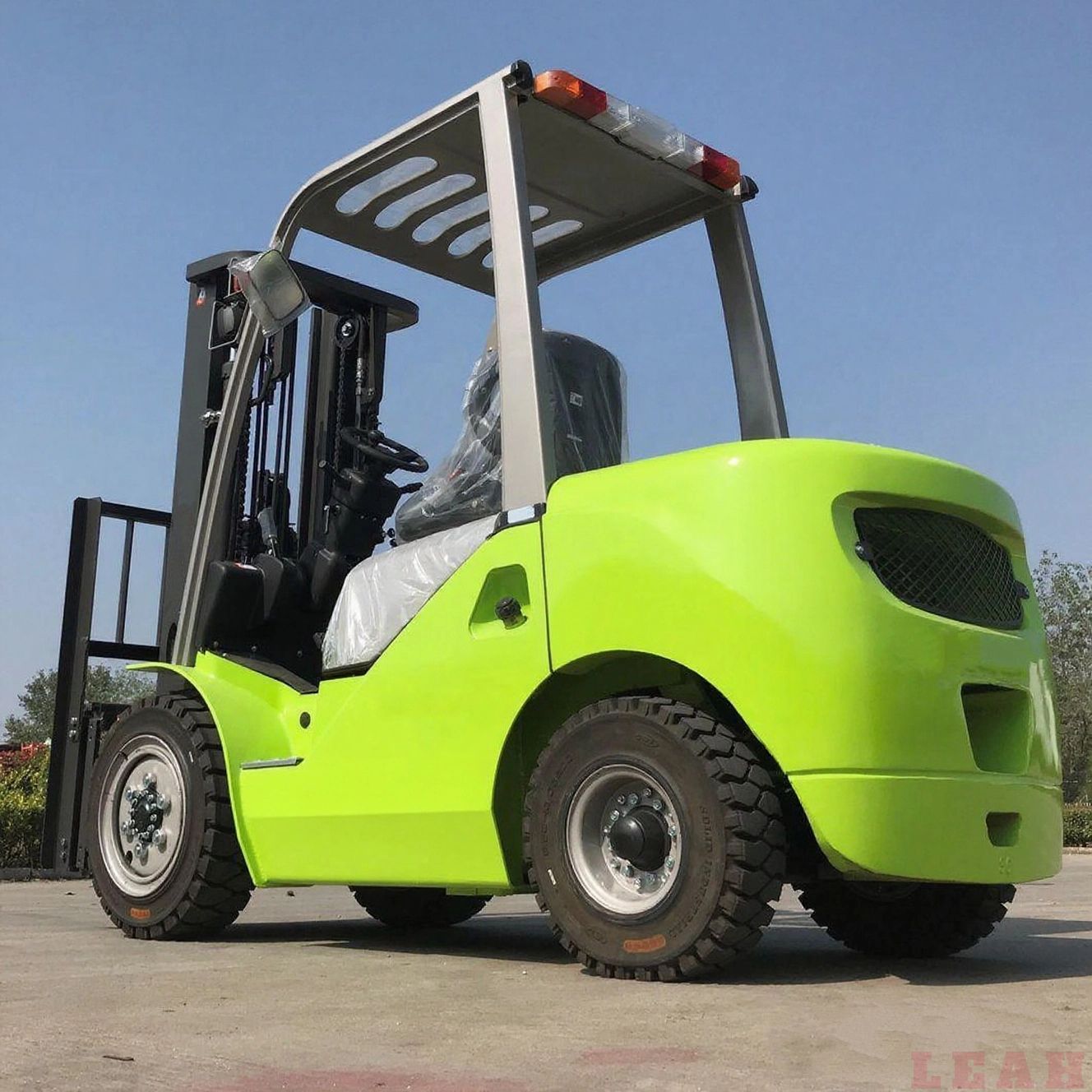The origin of the loader can be traced back to 1922. Americans such as Frank G. Hough invented the world's early loader, which was then modified from an agricultural tractor by installing a loader working device, so it was called a tractor - type loader. At that time, the structure of the loader was very simple. A gantry similar to that of a forklift was installed at the front of the tractor to fix the lifting hydraulic cylinder. The bucket was connected to the boom by a buckle. When unloading, the buckle was disengaged, and the bucket tilted by gravity.
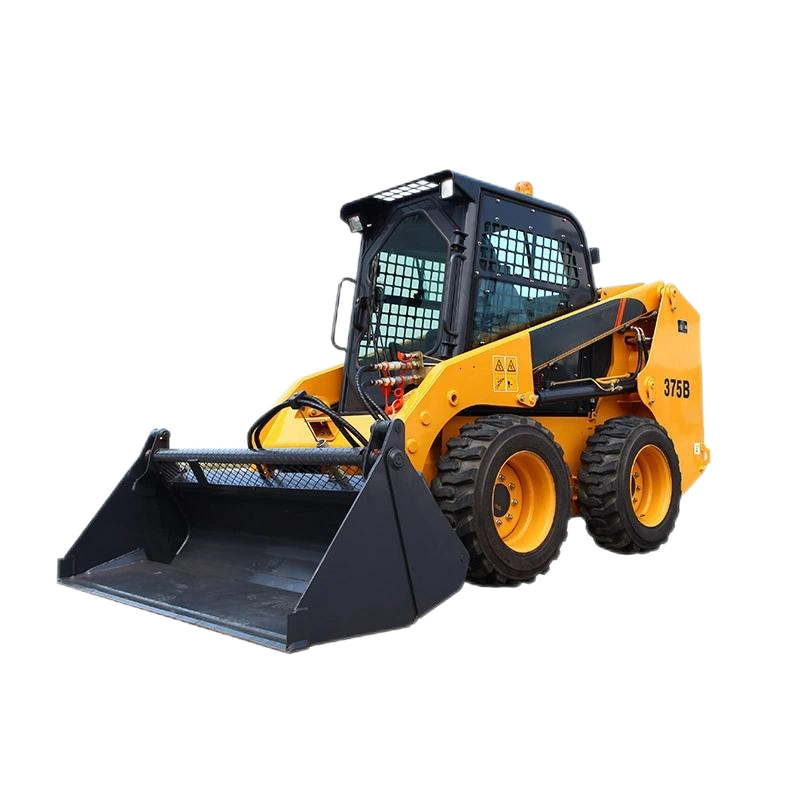
Over time, the structure of the loader has been continuously improved. In 1939, advanced tire - type loaders emerged. For example, the Pay - type loader with a bucket capacity of 0.255m³ manufactured by the American Hough Company adopted rear - wheel drive and front - wheel steering. However, due to the small size of its working mechanism and imperfect balance and steering performance, it was mainly used as a reclaimer, but it could also be used to load loose or light materials.
In the 1940s, the loader witnessed greater development. In 1941, the cab was moved from the rear to the front of the machine, greatly increasing the operating field of view. The engine was also moved to the rear of the machine, and diesel engines replaced gasoline engines. In 1944, hydraulic transmission began to be widely used, replacing the steel rope control of the bucket. At the end of World War II, the boom on both sides replaced the old - fashioned two vertical columns. In 1947, the four - wheel drive loader was invented. This type of loader could steer with the rear wheels, and the entire mass of the loader was used for traction, greatly increasing the insertion force. The HM - type Pay loader manufactured in 1948 had a rigid frame, rear - wheel power steering, and a full - reverse gearbox, with forward and reverse speeds reaching 16 and 24 miles per hour respectively, laying the foundation for the improvement of large - capacity four - wheel drive front - end loaders.
In 1950, the United States produced the first tire - type loader with a torque converter. This invention played a decisive role in the development of loaders. The torque converter enabled the loader to smoothly insert into the material pile and speed up the working speed, greatly improving work efficiency and promoting the widespread application of loaders.
In the 1960s, articulated loaders were born, which improved the steering performance of loaders and increased mobility and longitudinal stability. In 1965, the first articulated loader with a bucket capacity of 7.6m³ appeared. Through continuous increases in the size of the working structure and structural improvements, the application range of loaders became wider and wider. The increase in bucket capacity enabled it to be used for operations such as cleaning the working face and piling in open - pit mines, making it a major mining equipment in open - pit mines.
In the 1970s, loaders developed in two directions: large - scale and ultra - small - scale. For example, the Model 675 large - scale wheel loader produced by the American Clark Company had a power of 1000kW and a bucket capacity of more than 16m³; while the Japanese Model 310 loader had a power of only 9.8kW.
In the 1980s, backhoe loaders were introduced and equipped with electronic monitoring systems. From the 1990s to the early 21st century, world - advanced loaders represented by Caterpillar in the United States and Komatsu in Japan widely applied mechatronics and microelectronics technologies, achieving automatic or semi - automatic operation. For example, the cab of Caterpillar wheel loaders is equipped with a microcomputer monitoring device, an adjustable suspension seat, a pilot hydraulic valve - operated bucket control handle, and a flow - amplified steering system, making the operation more flexible and lightweight. The cab of Komatsu's WA series loaders is installed with silicone rubber viscous damping materials to absorb vibration and noise, and is also equipped with an electronically controlled driving control system (ECSS), which can reduce low - frequency vibrations in the longitudinal and vertical directions by 40% - 50%.
Today, loaders are still evolving, moving towards higher power to adapt to the characteristics of large - volume and long - duration operations in modern engineering projects. Currently, research on loaders mainly focuses on aspects such as heat dissipation of the cooling system under high - power conditions and hydro - mechanical continuously variable transmission (HVT).





